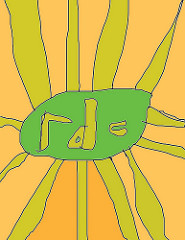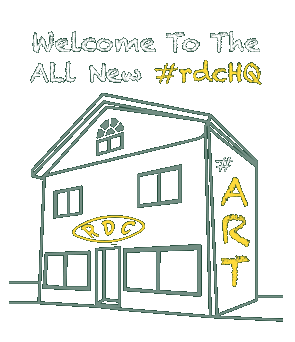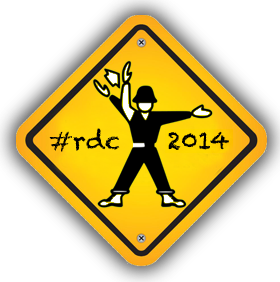Hacker Wednesday – WordPress Tour, Part I
- June 23rd, 2011
- By rdcHQ
This week’s Hacker Wednesday began with a quick brainstorming of our 2011 Kickstarter Campaign for the Rural Design Collective. We have some fun rewards lined up, and are planning to launch our fundraising drive soon. New Artists Productions has generously offered to contribute to the rewards pool so we can raise money for our project. More news soon!
We reviewed some new content and ideas for the site which have been added to our Wordpress Track. There are many production logistics to address, as we’ll be adding historical articles from the New Artists archives, such as analog newspaper clippings. Fortunately, most of the content is in digital format and readily accessible.
 We then began our WordPress Tour, combining it with a general assessment of it as a suitable platform for our project. Wordpress 3.1.3 has a lot of features that are perfect for our needs, but it lacks some necessary functionality that can be integrated through other social- and media-sharing sites (which will be covered later in the program). Our WordPress Tour will be broken down into three parts and added to the Workspace area of our site as a tutorial post-program. This week we covered the brand new “Jetpack” (which appears to provide a seamless installation of some of the aforementioned social media functions), “Posts” (which covers the functions around making and managing a chronological post), and “Media” (which stores content such as photos, audio recordings, videos and documents).
We then began our WordPress Tour, combining it with a general assessment of it as a suitable platform for our project. Wordpress 3.1.3 has a lot of features that are perfect for our needs, but it lacks some necessary functionality that can be integrated through other social- and media-sharing sites (which will be covered later in the program). Our WordPress Tour will be broken down into three parts and added to the Workspace area of our site as a tutorial post-program. This week we covered the brand new “Jetpack” (which appears to provide a seamless installation of some of the aforementioned social media functions), “Posts” (which covers the functions around making and managing a chronological post), and “Media” (which stores content such as photos, audio recordings, videos and documents).
While reviewing “Posts,” we covered a lot of ground such as basic HTML commands and why they still matter ![]() , different types of WordPress content (tags -vs- categories -vs- slugs), and how themes work in conjunction with all of what is going on behind-the-scenes in the WordPress admin. “Media” proved a bit more challenging. Although much improved over previous versions, it is evident that the WordPress Media Library does not have enough features to support a site with a lot of visual content (although it is unique in that it can store many different types of content). The primary limiting feature is that it does not have the ability to store media in collections (either by content-type or arbitrary groupings), nor can it filter by keyword.
, different types of WordPress content (tags -vs- categories -vs- slugs), and how themes work in conjunction with all of what is going on behind-the-scenes in the WordPress admin. “Media” proved a bit more challenging. Although much improved over previous versions, it is evident that the WordPress Media Library does not have enough features to support a site with a lot of visual content (although it is unique in that it can store many different types of content). The primary limiting feature is that it does not have the ability to store media in collections (either by content-type or arbitrary groupings), nor can it filter by keyword.
It was definitely a productive session with a lot of smart questions, and we even got ahead of ourselves discussing auto-import of tweets and other fun stuff … which we learned is indeed possible with a variety of plug-ins. But that is for another Hacker Wednesday!
Stay tuned!


















